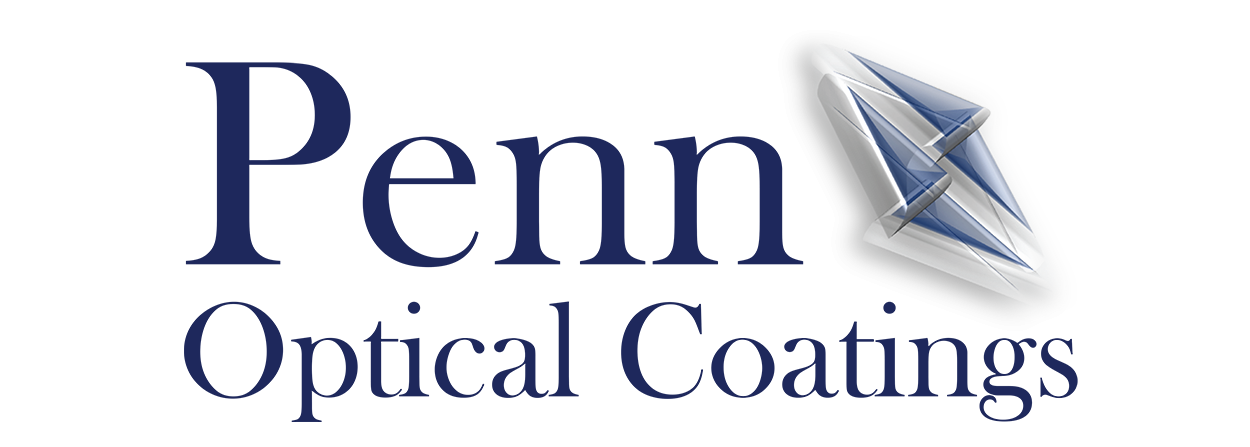Coatings are critical to optical system performance, and anti-reflection coatings are one of the most common in the industry. Learn more about proper selection, specification and maintenance of AR coatings for glass optics.
What is an anti-reflection coating?
An anti-reflection (AR) coating is applied to an optical surface to reduce the amount of reflectivity caused by Fresnel reflections – the portion of light emitted when it hits a surface between materials that have different refractive indices.
As light interacts from air, every glass surfaces creates a certain amount of reflectivity. Especially in a multi-lens configuration, where two or more lenses are configured in a row, transmission is greatly reduced, and the image can be compromised. By applying anti-reflective coatings (or AR coatings), we can increase transmission and reduce reflection, allowing sharper images with much higher throughput of light—close to 100% throughput.
Why would I need an anti-reflection coating?
Surface reflections can be detrimental to your operations. Reflections from multiple surfaces in an optical assembly may result in low light output and poor image quality. A quality AR coating can limit the losses you experience.
How do I maintain an AR-coated lens?
Depending on the environment, no maintenance is needed. Exposed optics will need regular cleaning to remove film and dust to maintain transmission to the optic’s specification.
How do I clean an AR-coated lens?
Very carefully. Generally, even with more durable coatings, be very careful in handling and cleaning. Use clean tissues or cotton – the materials themselves must not be abrasive, with high purity solvents, isopropyl alcohol, or warm soapy water. The key is not to introduce any abrasive or dirt that will result in scratching.
How do I spec AR coatings?
Proper specification of AR coatings on glass optics are based on:
• Wavelength range that AR coating must function across.
• Angle of incidence of light in the application
• Target reflectance or transmission (%)
Durability requirements are also important to proper specifications, such as intended lifetime of system, environment it must survive. Adhesion and abrasion resistance are two key factors. Others may include humidity, salt spray environments, and high/low temperature cycling.
How much do anti-reflection coatings cost?
AR coatings range in price from simple single-layer coatings (single material, single layer that helps to reduce reflection) to multi-layer thin film coatings. Price is determined by how low in reflection you wish to go, the range of wavelengths and angle of incidence.
In other words, if you want to purchase a coating that has a large bandwidth from visible to near IR and looking for low reflectance, a more complex coating at a higher cost is required than one associated with shorter bandwidth with less reduction in reflectance needed.
What applications require AR coatings?
Reflectivity is a challenge in nearly every optical system. AR coatings are particularly important in applications in which:
• The system design comprises of multiple optics in a sequence. AR coatings can help to increase transmission and reduce ghost images.
• Low-light systems that must maximize efficient use of light.
• There is a need to increase efficiency of laser output. In laser systems, the coating itself can be the restrictive limit on how much power can be achieved. Materials with very low absorption and whose properties provide intrinsically high energy damage thresholds can help to improve total laser system output.
Penn Optical Coatings has been the coating supplier of choice for leading optical manufacturers, and can design AR coatings to spec for high mix, low and high-volume requirements.
